Sensing Clues in the news - august 2020
Click here the read the original article in the Dutch newspaper.
The non-profit organisation Sensing Clues develops technology to combat poaching of wildlife. The first trials will take place on the Leidseplein.
The bell of the tram, the siren of the ambulance, the slamming of the door of a taxi, people chatting on a terrace, a scooter tearing past: the soundtrack of the Leidseplein consists of many different sounds. "If you listen carefully, there are hundreds of them," according to Jan-Kees Schakel, founder of the Amsterdam Sensing Clues foundation. "And during the day the square sounds very different from during the night. We are now mapping all that out on behalf of the City of Amsterdam and the Ombudsman".
Sensing Clues is a not-for-profit organisation involved in the development of technology for nature conservation. This technology is used for the protection of wildlife all over the world, and their habitat. Its clients: elephant in Asia, lions in Africa, bears in Italy. "I have a background in natural resources management and I also work for the police," explains Schakel. "Five years ago I saw with my own eyes how poachers got away with their activities and I thought: I can use my work experience to lend nature a helping hand."
That inspiration led to the set up of Sensing Clues. "In the national police force, we use advanced technologies to fight organised crime. We can many of the principles too for stopping poachers who also work together in criminal networks. They don't shoot elephants to take home the ivory. There's a whole network behind it that extends to the trade. If you know how criminal organisations operate, you can take measures to stop them. Technology plays an important role in this."
Illustration by Mathilde Bindervoet
Intelligent microphone
Sensing Clues develops a technology that uses sound sensors to monitor nature reserves. "These are vast areas, sometimes as large as Portugal. The trick is to place the sensors in the right place. Poachers follow logical routes to get to their prey. There are a few important roads, a few places where they can cross the river. The sensors pick up the sound of passing cars or a motorboat at those strategic places. Once that happens the park managers can take action."
That sounds simpler than it is. The system is complicated, explains Schakel. "The sensor is actually an intelligent microphone attached to a small computer. On this computer there is a trained neural network that is able to classify the captured sounds. The sensor captures a sound and the software reports it in real time. For example: I now hear people shouting or shooting at this spot. This means that park managers can remotely see which sounds are being heard in the forest".
In this way, sensors help park managers and rangers to do their job. Human input remains indispensable, says Schakel. "The neural network is a complex statistical model. It indicates, for example, that it hears a car with eighty percent certainty. But it immediately adds that it can also be an motorbike. That probability is twenty percent. It is up to the receiver to make a good estimate of the situation. He has to decide: if we observe human activity of this type at that time and place, we have to go for it".
The training of the neural network takes place in the Netherlands. At the military training area De Harskamp, samples of the shots from 2000 firearms have been recorded that the system can now recognise almost flawlessly. On the Leidseplein, the network is being further trained, as Schakel calls it. "We are making the prototype for the municipality that wants to use the system to combat noise pollution at the square (see paragraph below). The project helps us to improve the technology. We can better do that here than in Congo."
Drunk visitors
For the project in Amsterdam, Sensing Clues and its partners collected the sounds of the Leidseplein and entered them into the system. Schakel: "The activities have been more or less at a standstill for a few months because of the corona outbreak, but we hope to be able to continue soon. All the recorded samples should soon enable the network to distinguish the sound of a cozy terrace where people are chatting, from the screams of a group of drunken visitors”.
By the way, the sensors only register the source of the sounds. The municipality will not be able to listen at conversations on the city’s terraces. "No, that's out of the question," stresses Schakel. "Speech recognition is a different technique and a different field of expertise. Our system recognises sound sources. It captures sounds, classifies them on the spot and then transmits a message. No sounds are captured or stored, leave alone transmitted. That's how we've embedded privacy into our system.”
Written by Patrick Meershoek, 2 August 2020, 12:00.
Translated by deepl.com



